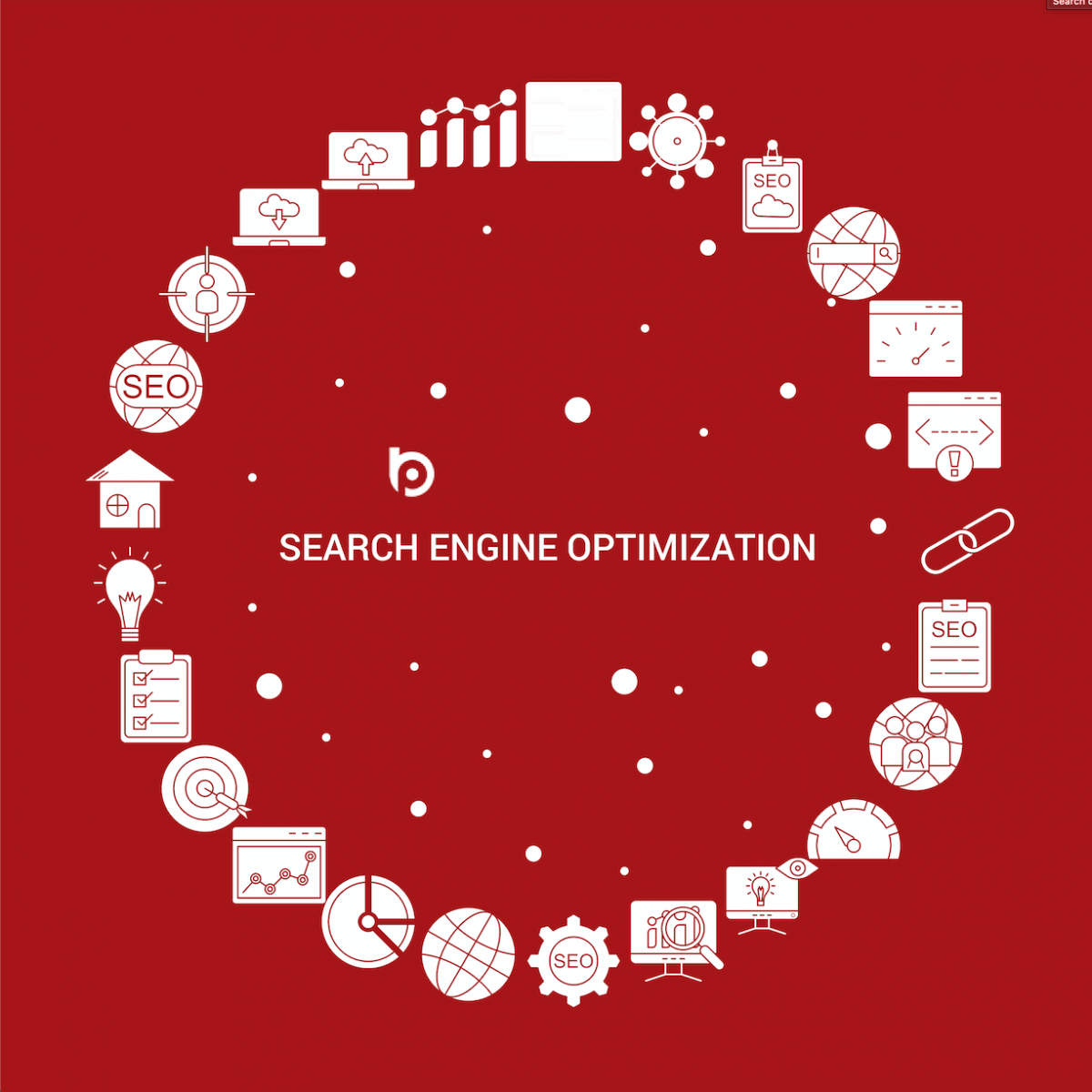Over the past few years, there has been a rapid increase in the overall number of Internet users. Every website owner is putting some efforts to grab the opportunity to keep their website in the top results of search engines. If you are looking to improve your web rankings, you have to compete very strong and to achieve this success, you need advanced SEO techniques.
There are lots of techniques to employ, the advanced SEO techniques mentioned below can help you in growing your business in no time. These are some of the methods that are quite easy to understand and implement.
- Link Posting
Link posting is one of the SEO techniques that is widely adopted by a huge number of web owners across the web. This technique works very simply by diverting more and more traffic towards your website. When you post links on other platforms, obviously you are introducing your business to more and more people.
- Press Releases
Press releases, one of the advanced SEO techniques which are the greatest source of promoting your business over the Internet. A press release provides useful information about your product or services. Whenever you launch a product or introduce a new service of your business than publishing a press release is a good idea to reach out to the larger audience.
For effective results, it is always better to publish a press release whenever you introduce a product or a service.
- Effective Utilization of Social Networks
This is the most common but highly advanced SEO technique that works by introducing your business over Facebook and Twitter. When more people are reading any information about your business on these sites, it is quite obvious that they will land on your web page if you post something that is quite interesting.
- Alt tags
You describe the images to search spiders using alt tags simply because search spiders cannot see them. Not only that this is an opportunity to add more content (with keywords) to your site, but also it helps your images to be searchable on Google. For the best results, make sure that all images have distinct names.
Originally, alt tags were designed to be displayed as an alternative text to an image if an image cannot be displayed in a browser.
- Title tags
A title tag describes a post and has the most SEO power for establishing keyword relevance on the page. Title tag appears in search result pages, tab window and external websites.
Seventy characters or less (including spaces), title tag, should include a few relevant keywords and a company or brand name. Relevant keywords should be placed at the beginning of the title tag. It is recommended to avoid using stop words such as “the”, “is”, “can”, “and”, “but”, “while”, “that”, “we”, etc. that have no keyword value.
- Meta descriptions
Meta tags give search spiders a summary of what the page is about. Meta descriptions play an important role in search results and gaining users click-through. Google sometimes uses this summary to display in search result pages (SERPs) and highlights keywords relevant to the search query.
The optimal length of the meta description is between 150-160 characters and should include keywords that are relevant to the title tag and content. Consider this an opportunity to advertise content of your page to searchers.
Ideally, each page should be optimized around one main key phrase that should be included in your title tag, meta description, and content.
- Sitemap.xml
Google uses Sitemaps to learn about a website’s structure, which allows a better crawling of your site. Creating a Sitemap ensures that search spiders know all the pages of your site that may not be discoverable by the normal crawling process.
Sitemaps are also used to provide metadata about specific types of content on your site such as video, images, mobile, News. Sitemap.xml files reside in the main website directory and have to be submitted to Google using Google Webmaster Tools.
- Robots.txt
In addition to Sitemaps, a robots.txt file is used to instruct search engine robots about the access to your site. Before accessing pages of a site, search spiders check the robots.txt file to see if it restricts them from accessing specific pages. You only need a robots.txt file if the directory of your site includes content that you don’t want search engines to index. Robots.txt file resides in the main directory of your site.
- Rich snippets and Microdata
High ranking on the search engine result pages (SERPs) is no longer the only problem to solve with website optimization. When searchers glimpse through result pages, they look for additional relevant information to their query before they make a click-through. Rich snippets provide searchers with that information and help them quickly decide if the content that exists on a web page is relevant.
To implement rich snippets, web developers have to add additional HTML markup to a website. One of the most used markups is microdata. Using simple HTML tags microdata allows you to indicate the specific type of information: reviews, people, products, businesses and organizations, recipes, events, music, and video content.
- Code restructuring
Though search algorithm had changed dramatically since its original inception, it is still known that search spiders do not search deep into a site and do not spend much time on any given page. With this in mind, code restructuring of some pages is still a valid addition to any advanced SEO techniques. Web developers restructure a page (without effecting a page layout) in a way that content is placed higher in the code. This helps spiders quickly find relevant information.
- RSS feed
This is a technology that is being used by millions of web users around the world to keep track of their favourite websites. Adding RSS feeds can help a site ranking, but less directly than the unique content available on your pages. RSS feeds provide audiences with better navigation, up to date information and the website owner some SEO value.
The above-advanced SEO techniques will significantly improve your website’s online visibility, but that’s not the limit of SEO optimization that can be done to a website. A website can be further optimized for better usability with access keys (use of keyboard shortcuts), tab index (use of tab key to navigate through a page), and web accessibility for people with disabilities. It might sound like unnecessary optimization, but everything that makes a website more human-friendlier is highly valued by search engines.
These are the SEO techniques that are entirely based on the current trends of improving a website rank. Through them, you cannot just improve the rank of your website over a single search engine, but the rank of the website can simply be improved on all search engines.






